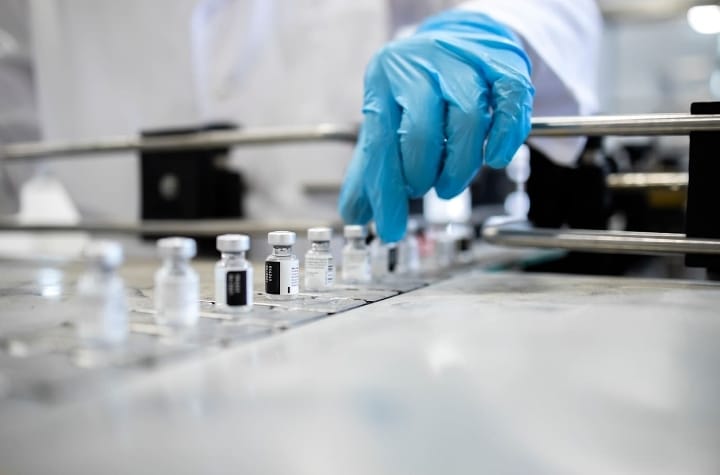No products in the cart.

BPC-157 vs. TB-500: A Researcher’s Comparison
When it comes to regenerative peptide research, BPC-157 and TB-500 are two of the most studied compounds. Both show promising effects in tissue repair and inflammation modulation, but they work differently.
BPC-157 Overview
BPC-157 is a synthetic peptide derived from a protective compound in the stomach lining. It’s known for promoting healing in muscle, tendon, ligament, and even gut tissue. Research suggests BPC-157 may support angiogenesis (the formation of new blood vessels) and cellular regeneration.
TB-500 Overview
TB-500 is a synthetic version of thymosin beta-4, a naturally occurring protein involved in cellular healing. It has been studied for reducing inflammation and accelerating recovery in soft tissues. Its systemic effects make it useful in broader applications.
Key Differences
- Mechanism: BPC-157 is localized and gut-stable; TB-500 is more systemic.
- Tissue Targeting: BPC-157 is often studied in tendon and gut tissue; TB-500 in muscle, nerve, and heart tissue.
- Stacking: Many researchers explore these together for synergistic recovery effects.
Conclusion
Both peptides are widely explored in regenerative studies, and when combined in controlled research protocols, they may complement one another. As always, ensure peptides are stored correctly and only used for approved research purposes.

Leave a Reply